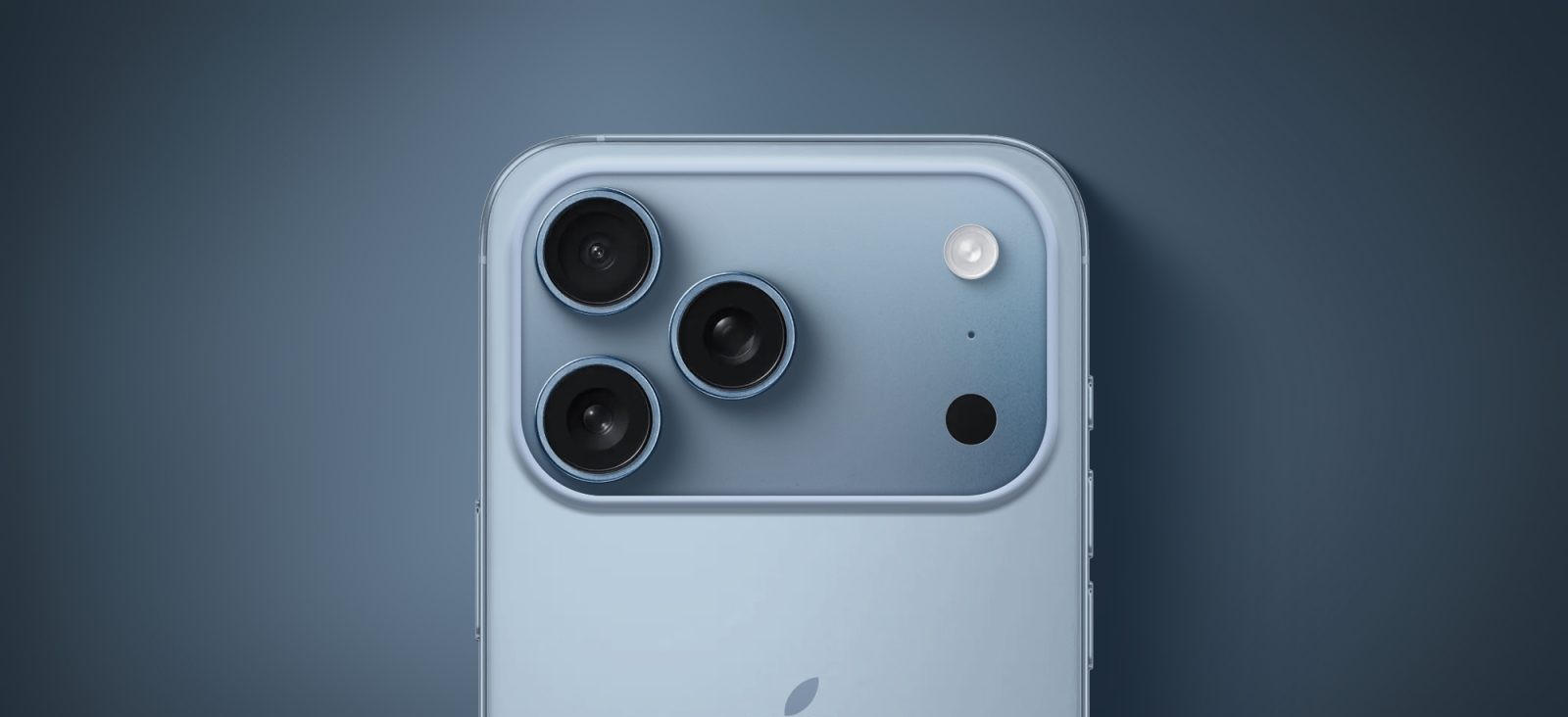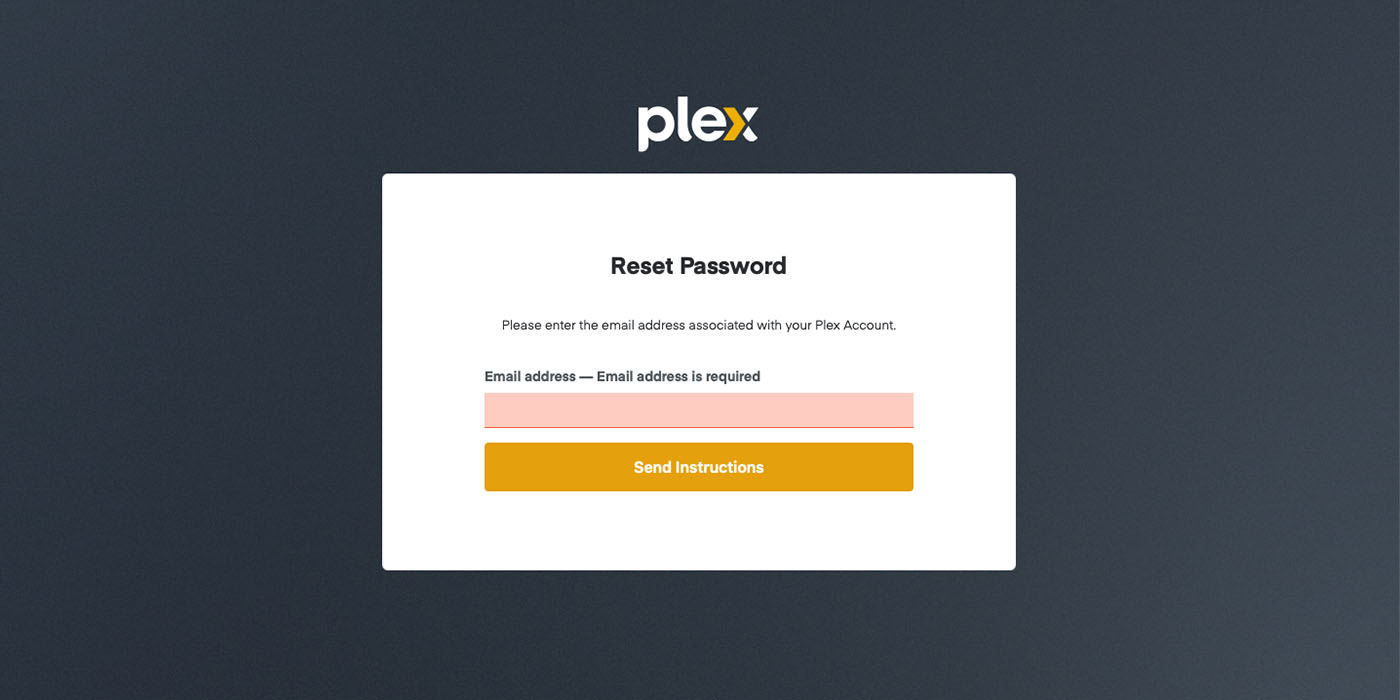Recent research has unveiled a concerning trend among teenage drivers in the United States: they spend approximately 21% of their driving time engaged with their smartphones. This behavior significantly elevates the risk of accidents due to distracted driving.
Understanding the Study
The study involved 1,126 teenage drivers from various regions across the U.S. Participants completed surveys and a subset underwent in-depth interviews. Despite acknowledging the dangers of distracted driving and recognizing that both parents and peers disapprove of such behavior, many teens admitted to using their phones while driving. This paradox suggests that, although teens are aware of the risks, the behavior has become normalized, especially when they observe peers engaging in similar activities.
Breakdown of Phone Usage
The study categorized phone usage during driving into several activities:
– Messaging: 40% of the time
– Entertainment Apps: 65% of the time
– Navigation: 30% of the time
Notably, while navigation is often considered a driving aid, its usage was less frequent than activities like messaging and entertainment, which are more likely to divert attention from the road.
The Impact of Distracted Driving
Distracted driving is a significant public health concern. According to the National Highway Traffic Safety Administration (NHTSA), in 2022, there were 3,308 fatalities and an estimated 289,310 injuries resulting from motor vehicle crashes involving distracted drivers. Teen drivers, due to their inexperience, are particularly susceptible to the dangers of distraction. Research indicates that dialing a phone number while driving increases a teen’s crash risk by six times, and texting while driving increases it by 23 times. ([nhtsa.gov](https://www.nhtsa.gov/road-safety/teen-driving?utm_source=openai))
Parental Influence and Role Modeling
Parental behavior plays a crucial role in shaping teen driving habits. Studies have shown that teens are more likely to use their phones while driving if they observe their parents doing the same. This underscores the importance of parents modeling safe driving behaviors and setting clear expectations for their teens. ([newsroom.statefarm.com](https://newsroom.statefarm.com/refocus-teen-driving-behaviors-ntdsw/?utm_source=openai))
Technological Interventions
To combat distracted driving, technology companies have introduced features aimed at reducing phone use behind the wheel. For instance, Apple’s Do Not Disturb While Driving feature, introduced in iOS 11, silences notifications and restricts phone usage while driving. An insurance company study found that 70% of iPhone users have activated this feature. However, the effectiveness of such interventions depends on user adoption and consistent use.
Recommendations for Mitigating Distracted Driving
1. Education and Awareness: Continuous education campaigns targeting teens about the dangers of distracted driving can reinforce safe driving habits.
2. Parental Involvement: Parents should engage in open discussions with their teens about driving expectations and consistently model safe behaviors.
3. Policy Enforcement: Strict enforcement of distracted driving laws can deter teens from using their phones while driving. Currently, 36 states and Washington D.C. have instituted a handheld cell phone ban for all drivers. ([teendriversource.research.chop.edu](https://teendriversource.research.chop.edu/thinking-of-driving/other-traffic-safety-laws/distracted-driving-laws?utm_source=openai))
4. Technological Solutions: Encouraging the use of built-in phone features that limit distractions can be effective. Additionally, apps that monitor driving behavior and provide feedback can help teens self-regulate their habits.
Conclusion
The prevalence of phone use among teen drivers is a pressing issue that requires a multifaceted approach. By combining education, parental guidance, policy enforcement, and technology, we can work towards reducing distracted driving incidents and ensuring safer roads for everyone.



